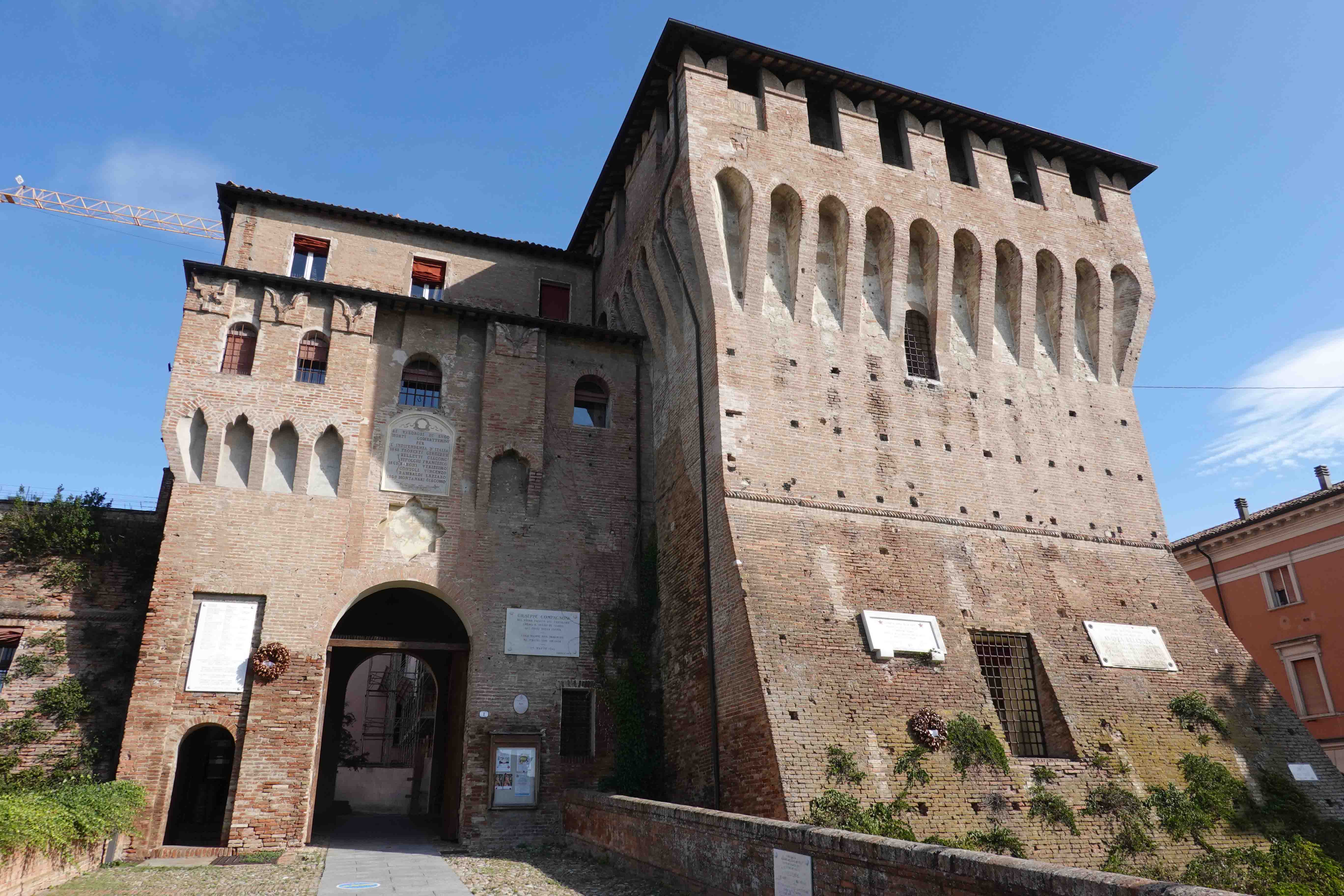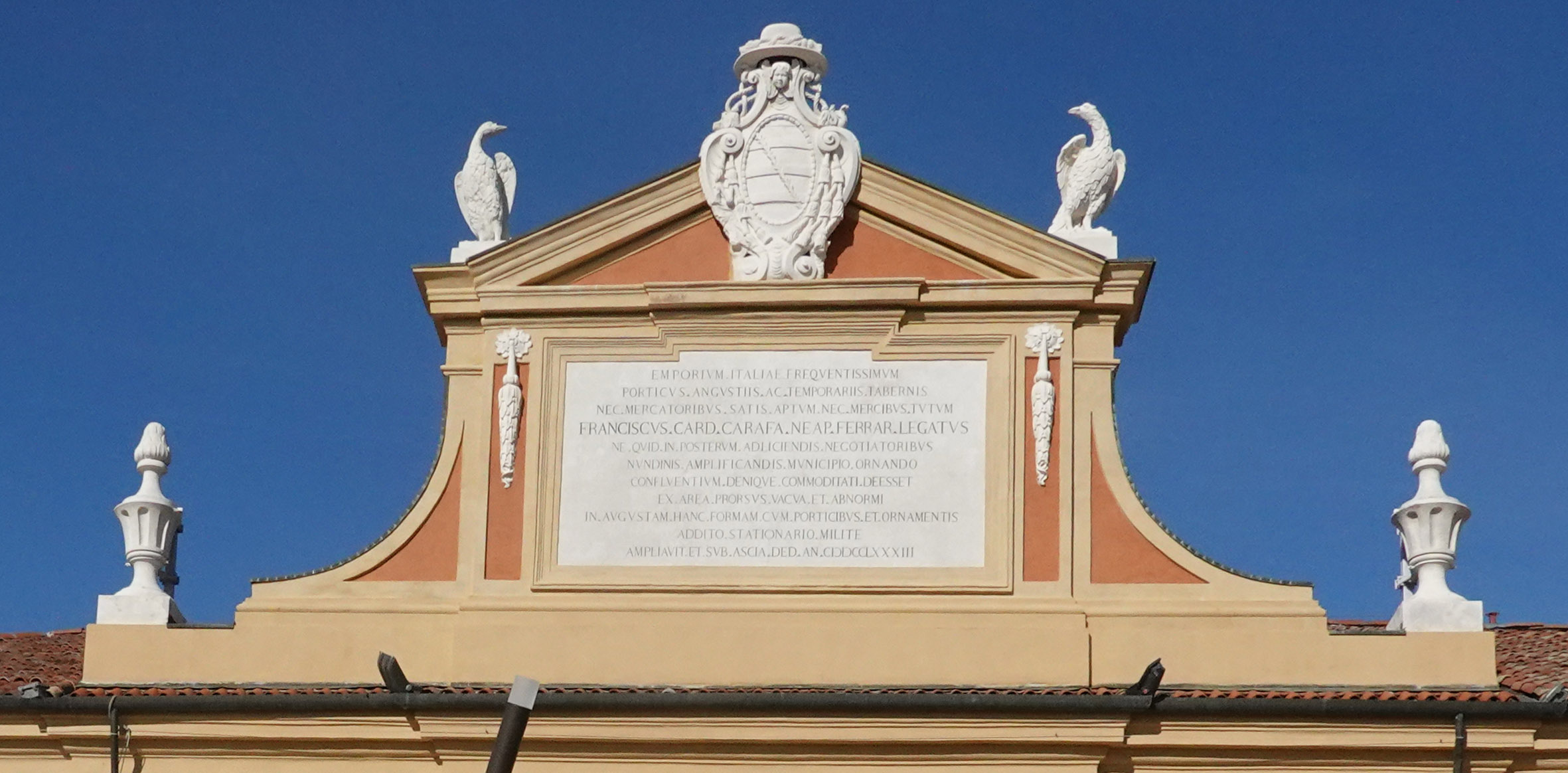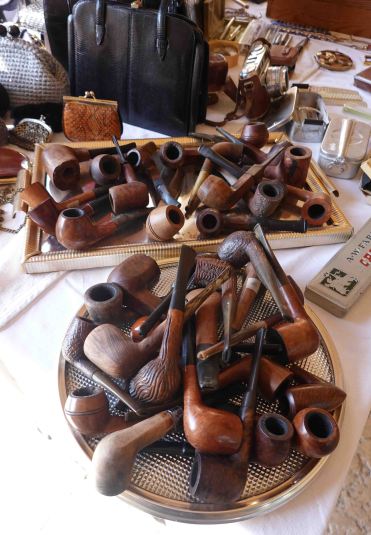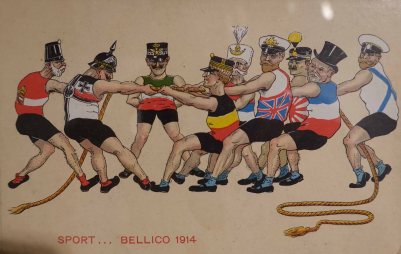Lugo and the pavaglione
Lugo is a small town around 46km (28 miles) to the east of Bologna in the province of Ravenna. Whilst there is evidence of a Neolithic village in the locality, the first documented mention of Lugo is in the year 782. It later became a fortified town hosting the financial and commercial activities of the surrounding rich agricultural area.

A notable feature of Lugo is the pavaglione. Four building wings with porticoes surround an open market area with shops that open out onto the interior courtyard. Based on an earlier 16th century structure, it was completed in 1784 and became famous as a market for silkworm cocoons. The latin term for a cocoon is papilio, and this gave rise to the term “pavaglione”. For centuries there was a thriving silk industry in this part of Italy and Bologna was a major centre of production (see my post A Walk along Bologna’s Navile).

The vintage fair
Whilst a market is held here every Wednesday, a fair called “Vintage per un giorno” or “Vintage for a day” is held here twice a year in spring and autumn. Despite the name, the fair lasts for two days and attracts a large number of stall holders and browsers.
Collectors of vintage clothing and accessories value the large range on sale. The fair was initiated in 2012 and before COVID, attracted some 300 stallholders and almost 20,000 visitors. “Vintage per un giorno” was relaunched in 2021 with events in September and October.
It’s not all clothing and accessories and you’ll also find a wide range of collectibles.
There are restaurants and bars around the square where you can take a break from your shopping.

A.N.G.E.L.O. Vintage
Lugo is also the home of one of Europe’s largest vintage archives and stores called A.N.G.E.L.O. Vintage Palace. In the early 1970s, a 17 year old Angelo Caroli started giving fashion advice on a local radio station and began collecting fashion items. Today, the huge archive of female, male and children’s items is often visited by stylists from the major fashion houses.
The store is located in the centre of Lugo close to the location of the fair. There is also an online shop.
The Casa Baracca Museum
Some of your party may not be interested in spending hours rummaging through the hundreds of stalls for that special item. In that case, a visit to the museum dedicated to Italy’s top fighter ace of World War 1, Francesco Baracca, is well worth the time. Baracca was born in Lugo in 1888 and died in 1918, probably after being shot down by ground fire. He was credited with 34 aerial victories.

The museum houses Baracca’s Spad VII fighter as well as a Fiat G91Y. The prancing horse emblem was a tribute to his former cavalry regiment. In 1923, Baracca’s mother saw the up and coming racing car driver Enzo Ferrari competing and offered him the use of the emblem. It became the marque’s logo.

The museum also displays World War One memorabilia as well as captured Austro-Hungarian aviation items.
Patriotic World War1 Italian postcards.
The museum is housed in the Baracca family house, just a few minutes walk from the location of the vintage fair.

Lugo has a fine monument to Baracca in the central piazza that bears his name.
Trains travel regularly between Bologna and Lugo, take around 40 minutes, and cost under €6 each way.


















Leave a comment